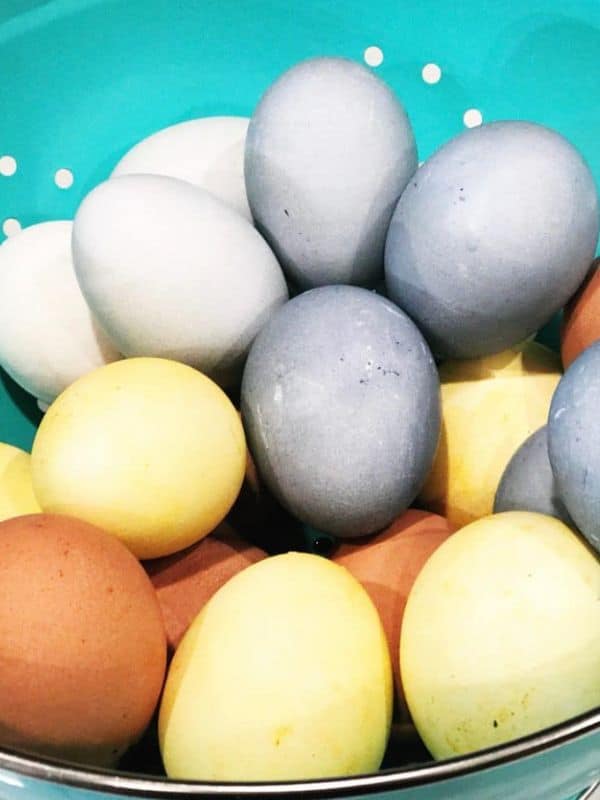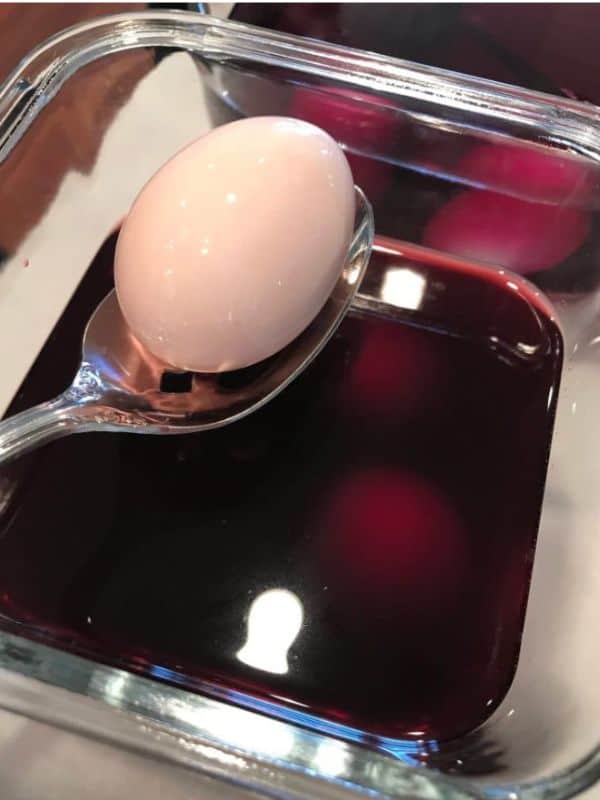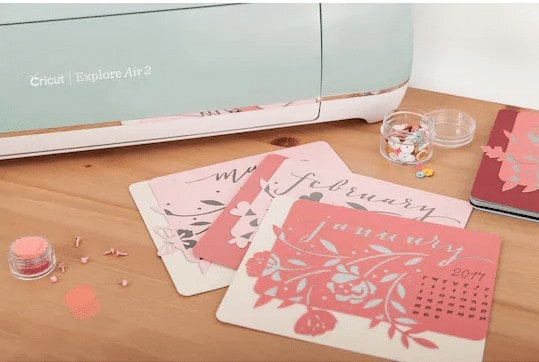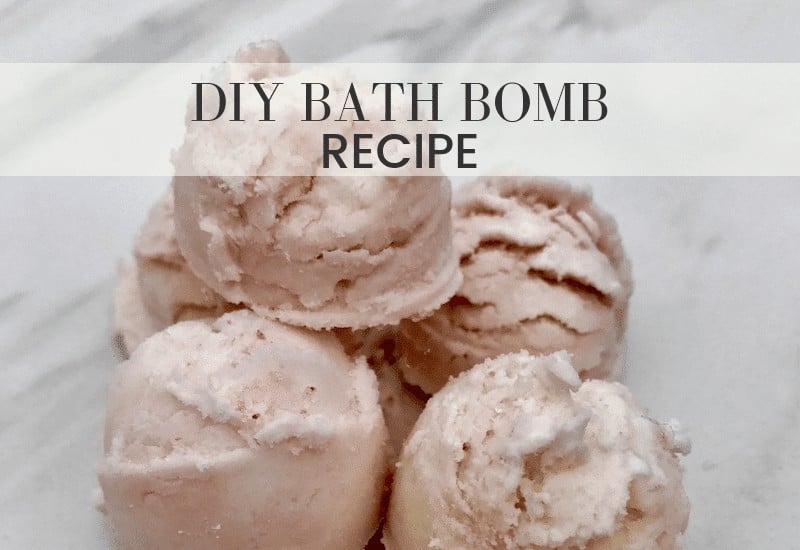How to Make Natural Dye Easter Eggs and More!
We’ve gotten all kinds of veggies and spices to try out natural dye Easter eggs and we’re sharing what worked and the surprising colors that we were able to achieve!
Make Natural Dye Easter Eggs This Year
We’ve got nothing against those packets that you buy at the store for dyeing Easter eggs, but since our family is mostly grown ups now we figured an art project would be more, well, grown up.
I guess maybe I should point out that we’re growing older, not up!
Anyway, we boiled up some beautiful natural dyes to try out.
Each of these that we tried are all natural dyes that we experimented for different colors on our eggs. Some of these were better than we expected and some of them weren’t that great.
All in all it was a fun experiment though, and we made some beautiful dyes that we’re excited to try on some fabrics.
Next year maybe we’ll try some new ones that we didn’t try this time.
Our theory is that if it stains your hands (or your clothes) then it will probably stain your eggs.
~This post may contain affiliate links. If you click one and make a purchase, I may receive a commission at no additional cost to you. This helps us fund creating great content for you! For more information click here ~

How to Make Natural Dye Easter Eggs
Of course you’ll need to hard boil your eggs first. You definitely don’t want to do this with fresh eggs!
Ingredients
- Hard boiled eggs
- Water
- Vinegar
- Vegetables, Fruit or Spices of your choice – we’ve listed our recommendations below
Supplies
- Saucepan with Lid
- Colander or Strainer
- Slotted Spoons
- Bowls for Dye
- Paper Towels
Natural Dye’s we tried:
- Cabbag
- Turneric
- Pomegranate
- Blueberries
- Read on to see our results with each and a few more recommendations
Directions for Natural Dye Easter Eggs
Gather all the items that you’ll need for this project
Prepare your natural dye supplies – chop your cabbage, etc.

Boil water with your chosen dye material, once it reaches a boil turn down the heat and let it simmer for about 15-20 minutes. (Suggestions below)
Let your dye cool so it’s easier to work with
Strain Your Dye – pour it through a strainer or colander to remove any of your materials and preserve the liquid for your eggs

Add Vinegar – measure approximately 1/2 tablespoon of vinegar per cup of dye.
Place your eggs in the dye and be sure that they are fully submerged
Dry the eggs – we placed our eggs back into their containers to allow them to dry
Optional – add a bit of oil to polish the eggs when they are done.
Store your eggs – be sure to keep your eggs refrigerated until you are ready to eat them (or hide them)
The eggs are perfectly safe to consume or use in recipes since they are dyed with natural dye. We found that none of the ingredients we tried changed the flavor of the hard boiled eggs.
Notes about Natural Dye Easter Eggs
Keep in mind that the dye color is going to vary from project to project.
The color of the eggs, how concentrated your dye is and how long you leave your eggs in the dye will affect the final outcome.
How seasonal the items that you’re using may also be a factor in how brilliant their colors are.
We would definitely lean toward having more dye than you think you need so that the eggs can be fully submerged in the dye. We found that around 3-4 cups was plenty of each color but it will also depend on the sizes of your containers.
Being able to leave the eggs fully submerged made the project a lot easier.
We found that the best method to get brighter colors is multiple dips in the dye.
Place your eggs in the dye for about 10 minutes. Remove and let them dry, then dip them again. Continue this process until you achieve the depth of color that you’re looking for.
And lastly, apple cider vinegar works just as well as white vinegar!
Why We Add Vinegar to Our Dye (It’s Science)
So there’s a bit of science to dyeing eggs. Are you surprised?
Just skip over this part if you don’t like science but you will need vinegar even if you’re using natural dye for your Easter eggs.
Vinegar is acidic and contains around 3% acetic acid.
Since eggshells are made up of calcium carbonate the shell reacts with the vinegar to make carbon dioxide.
This is why you sometimes see bubbles when you’re dying eggs.
It causes a chemical reaction (science) that allows the dye to bind to the eggshell. It creates a hydrogen bond that allows this to happen and there’s a more about the science behind a perfectly dyed egg.

How to Dye Easter Eggs with Natural Ingredients
We read a lot of recipes and methods for how to get the best colors from our dyes.
We read about how long they should sit, to heat or not heat and a variety of other opinions.
Here’s what worked the best for us.
The good news is that we had a couple that made absolutely beautiful colors and we loved how they turned out.
And we’ve included some other recipes for you to try below it you’d like.
Our Experience with Natural Dye Easter Eggs
We had the best luck with turmeric and blueberries.
Both of these dyes made the most beautiful and vibrant colors.
We could not get cabbage to give anything other than a very faint tint to our eggs and we later tried some fabric and had the same result.
Maybe if we had left them overnight we would have had better results but patience is not a virtue around here.

Pomegranate didn’t work very well either, we got a very pale pink from it. It was pretty but we were hoping for something a bit more brilliant.
We also tried using a few brown eggs but the colors were so faint that we decided the brown eggs were pretty all on their own.
Next time we are definitely going to try beets.
And we’re going to experiment with the cabbage more to see if we can figure out a good recipe for it.
Of course we didn’t think about mixing our dyes until we were finished for the day but dipping in the blue and then the yellow might have given us some green eggs.
Natural Dye Recipes

Yellow
Turmeric
For the yellow eggs we used turmeric.
- 6 Tablespoons Turmeric
- 4 Cups Water
- 2 Tablespoons Vinegar
You don’t have to boil this water, you just need it to be hot enough to dissolve the turmeric. Once the turmeric is completely dissolved you can dye away!
Onion Skins
I read a lot of recipes using onion skins to make yellow dye but most of them took 6-8 yellow onions. I wasn’t sure what to do with all those onions after we skinned them so we decided not to try this recipe.

Blue
Blueberries
We used Blueberries to get our blue dye
- 1 pint blueberries
- 4 cups water
- 2 Tablespoons Vinegar
Bring the berries and water to a boil. Once they are boiling turn them down and let them simmer for 25-30 minutes. Then just strain out the fruit and let your dye cool down.
Red Cabbage
Red Cabbage is supposed to make blue dye too but we didn’t have any success with it.
We didn’t try the rest of these but here are some suggestions.
Green
Spinach
Peach
Avocado Pit
Maroon
Pomegranate
Cranberry
Beets
We’ve also read recipes using different types of tea bags, coffee grounds and flowers. I think we can certainly find some new recipes to try!
Once you’ve finished dying your eggs you should keep them refrigerated. Keep them cold until you’re ready to use them, either for an Easter egg hunt or to make deviled eggs! The eggs should be fine to be stored for about a week, after that you’ll probably want to pitch them.
I loved the colors that Mommypotamus was able to achieve
Which dyes have you used to make natural dye Easter eggs? Let us know what we did wrong and which ones we should try next time in the comments below! This is definitely a project (experiment) that we’ll be trying again!
Follow us on Pinterest and on Instagram for lot’s more ideas and inspiration!








